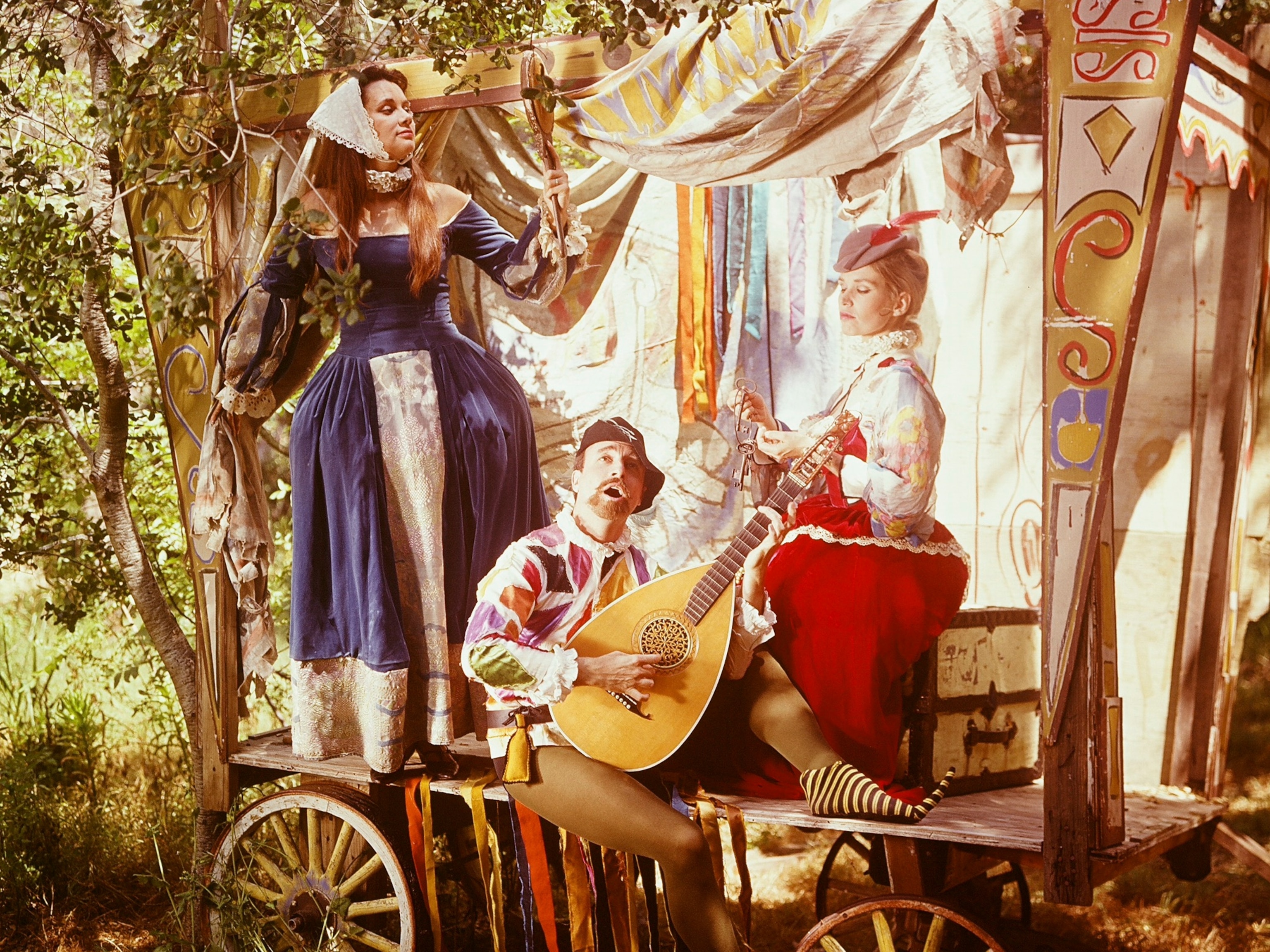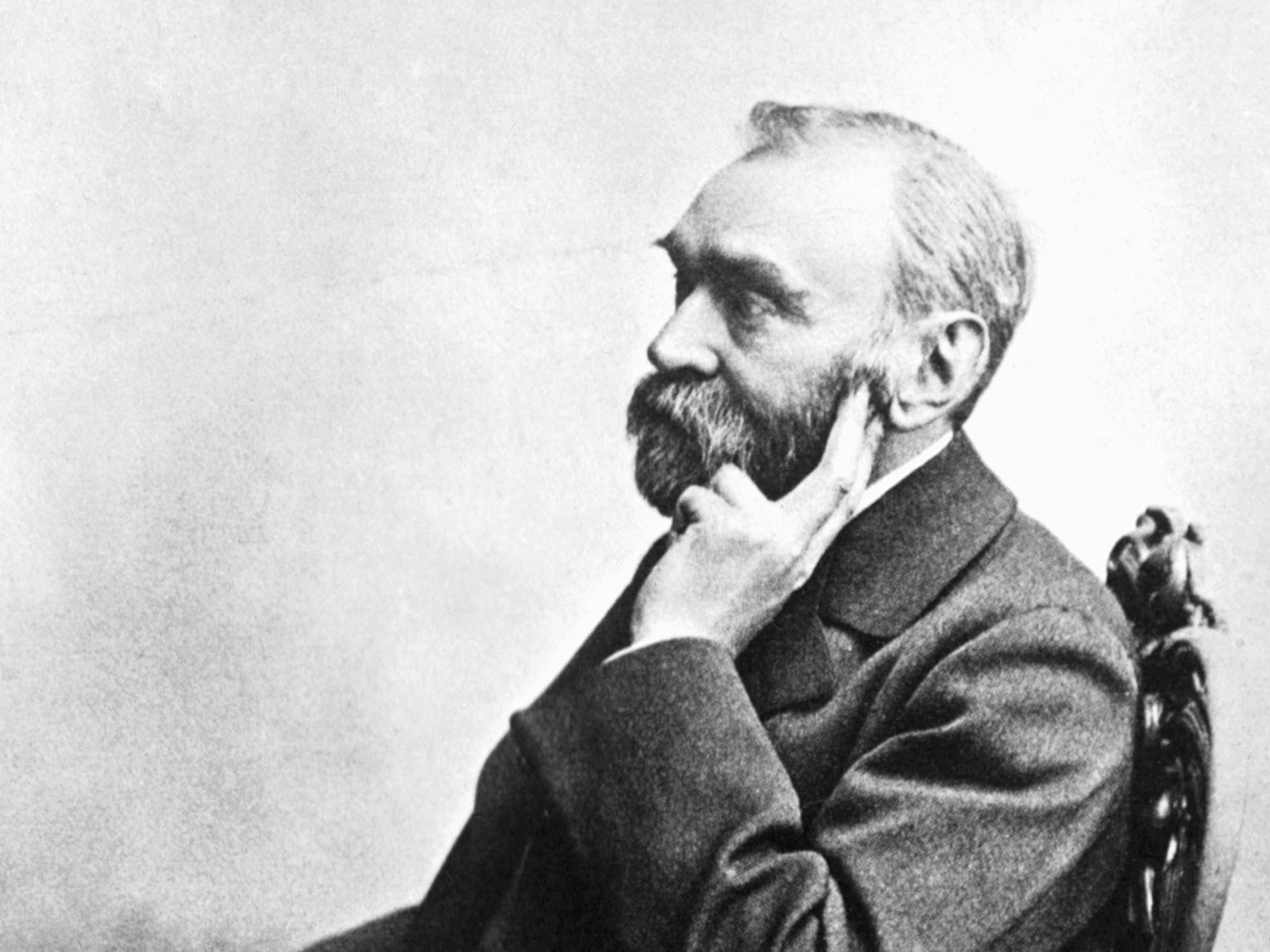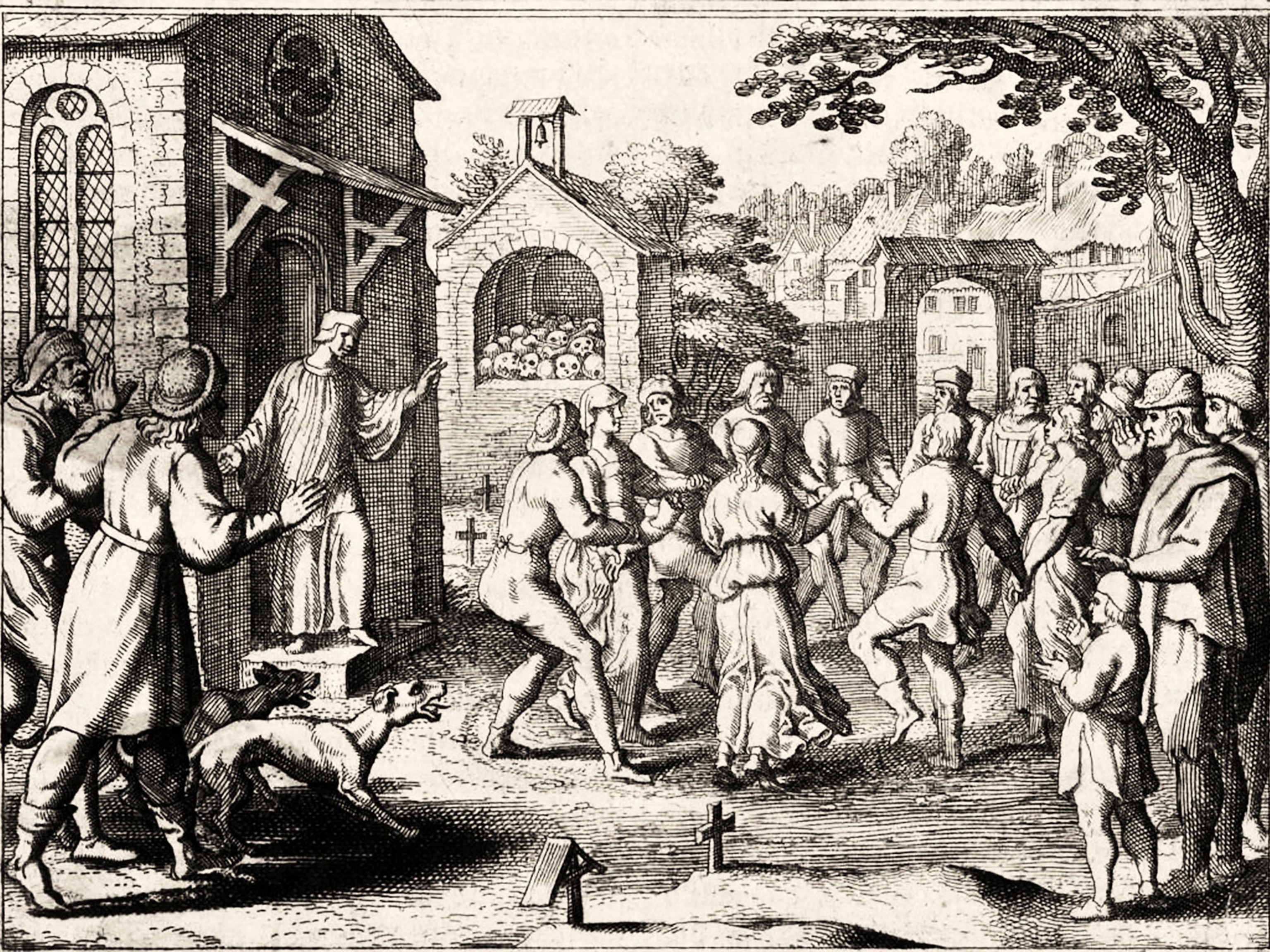Who were the Moors? It’s complicated.
The Moors influenced art and literature, but their history is confusing. For good reason.

If the term “Moor” seems familiar but confusing, there’s a reason. Though it can be found throughout literature, art, and history books, it does not actually describe a specific ethnicity or race.
Instead, the concept of Moors has been used to describe alternatively the reign of Muslims in Spain, Europeans of African descent, and others for centuries.
Derived from the Latin word “Maurus,” the term was originally used to describe Berbers and ethnic groups from the ancient Roman province of Mauretania in what is now North Africa.
Over time, it was increasingly applied to the Muslim population living in Europe. Beginning in the Renaissance, “Moor” and “blackamoor” were also used to describe any person with dark skin.
Where did Moorish people come from?
In A.D. 711, a group of North African Muslims led by the Berber general, Tariq ibn-Ziyad, captured the Iberian Peninsula (early modern Spain and Portugal).
Known as al-Andalus throughout the Middle Ages, the territory became a prosperous cultural and economic center where education and the arts and sciences flourished.
Over time, the strength of Muslim rule diminished, creating inroads for Christians who resented Moorish rule. For centuries, Christian groups challenged Muslim territorial dominance in al-Andalus and slowly expanded their territory.
This culminated in 1492, when Catholic monarchs Ferdinand II and Isabella I won the Granada War and completed Spain’s conquest of the Iberian Peninsula. Eventually, they were expelled from Spain.
(Who was the real Macrinus, Rome’s North African emperor?)

Impact of Moorish culture
By then, the idea of Moors had spread across Western Europe. The term came to mean anyone who was Muslim or had dark skin; occasionally, Europeans would distinguish between “blackamoors” and “white Moors.”
One of the most famous mentions of Moors is in Shakespeare’s play The Tragedy of Othello, the Moor of Venice. Its titular character is a Moor who serves as a general in the Venetian army. (In Shakespeare’s time, the port city of Venice was ethnically diverse, and the Moors represented a growing interchange between Europe, the Middle East, Asia and Africa.)
Despite his military prowess, Othello is also portrayed as exotic, hypersexual, and untrustworthy—“a lascivious Moor” who secretly marries a white woman—reflecting historic stereotypes of black people.
The Moors today
More recently, the term has been coopted by the sovereign citizen movement in the United States. Members of Moorish sovereign citizen groups claim they are descended from Moors who predated white settlers in North America and part of a sovereign nation not subject to U.S. laws.
It’s proof of the ongoing allure of “Moor” as a seemingly legitimate ethnic designation—even though its meaning has never been clear.
5 fast facts about the Moors
Known for its intricate and repeated patterns, Spanish tile, or Azulejo, originated in Moorish Spain.
Besides influencing art and architecture, Moorish rule in Spain also introduced scientific and technological advances, including an irrigation system across 1,800 miles through Spain’s Sierra Nevada mountains.
Ira Aldridge was the first Black actor to play Othello in a London production in 1833. Paul Robeson was the first to play him in a major production in the United States, from 1943 to 1944.
The descendants of the Moors who were expelled from Spain still live in northern Morocco.





